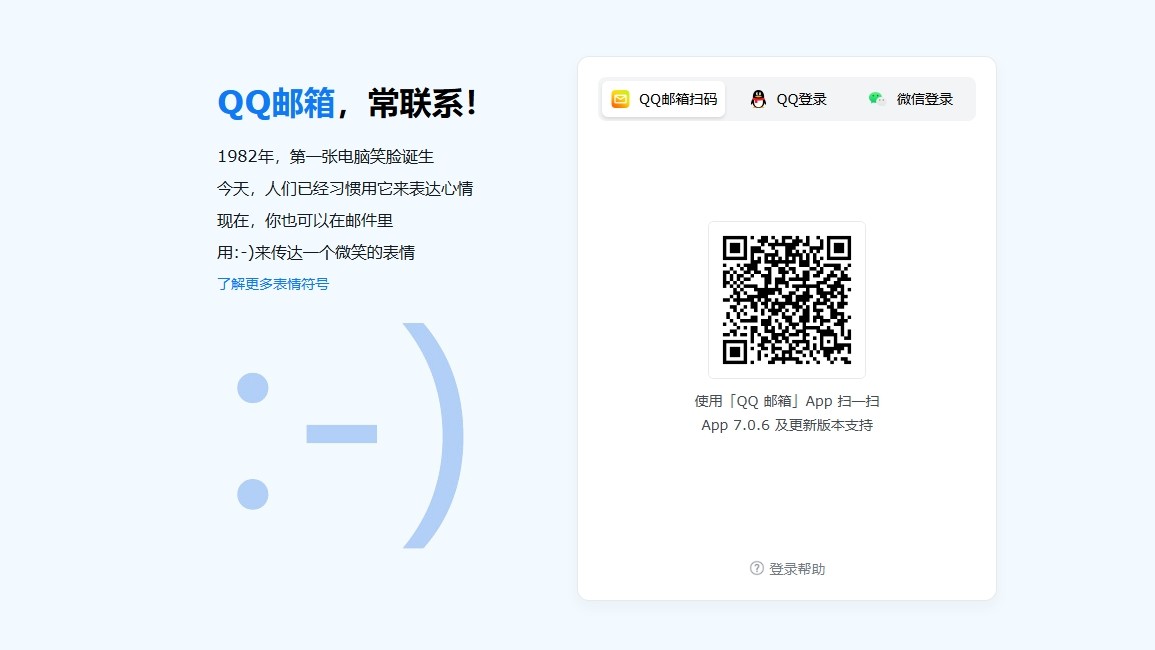ASP学习
时间:2007-01-04 来源:txkss
21:19 2006-12-22 6:24 2007-1-4
函数 <%
a="Hello World"
b=ucase(a)
response.write(a)
response.write("<br>")
response.write(b)
%> abs(number) 求绝对值
formatdatetime(date[,namedformat])格式化时间
now(() 得到当前的系统时间
msgbox
inputbox
fix 客户端脚本用 23:30 2006-12-22
自编函数
<%
定义函数关键字function 函数名([参数])实现函数功能的语句块
函数名=需要返回的值 (函数运行结果)
end function
%> function haha(a,b)
c=a+b
haha=abs(c)
end function 22:45 2006-12-25
形式参数简称形参
指的是定义函数时写定的参数
实际参数简称实参
指的是我们调用函数时写的参数 在调用函数的时候也可以使用表达式进行如下
<%
function haha(n)
dim c
c=0
for i=1 to n
c=c+i
next
haha=c
end function
dim x
x=100
response.write("从1加到" & x & "的值是: " & haha(x))
response.write("<br>")
response.write("从1加到50的值是:" & haha(50))
response.write("<br>")
response.write("从1加到500的值是:" & haha(5*x))
%>
变量作用域的知识
全局变量
指的是在所有的函数和子程序之外定义的变量
局部变量
指的是在函数或子程序内部定义的变量
看下段程序,请说明执行后的结果: dim n
function abc(n)
n=n+1
end function
function abcd(c)
c=c+n+1
abcd=c+1
end function
n=5
response.write n & ":" & abc(n) & ":" & abcd(n) ***************子程序***************************
sub 子程序名([参数])
实现子程序功能的语句块
end sub sub draw(n)
dim ch
for i= 1 to n
ch=ch & "*"
response.write(ch)
response.write("<br>")
next
end sub
call draw(5) '使用这种方法子程序参数必须用括号括起来
draw 5 '调用方法 注:当我们调用一个不需要返回值的函数时,也是可以用call语句的。
------------------很好的说明全局与局部变量---------------
a="全局变量"
call abc()
sub abc()
a="改变"
end sub
response.write(a)
call haha()
sub haha()
dim a
response.write(a)
end sub
---------------------------
参数的传递方式
1.传值方式
调用函数时是将实参的值传给了形参,事实上在vbscript语言中默认不是这样的,它是将实参的地址传递给了形参。 <%
dim c
sub haha(byref n)
n=n+1
response.write("体内c的值:"&c&"<br>")
end sub
c=5
response.write("程序执行前:"&c&"<br>")
haha c
response.write("程序执行后:"&c&"<br>")
%>
2.传址方式
传值方式是将实际参数的值复制一份给形参,这样在函数或子程序内不管我们怎么样改变形参,也不会影响到实参的值了。
<%
dim c
sub haha(byval n)
n=n+1
response.write("体内c的值:"&c&"<br>")
end sub
c=5
response.write("程序执行前:"&c&"<br>")
haha c
response.write("程序执行后:"&c&"<br>")
%> ---------------------
看下面程序,说出输出结果: dim a,b
function abc(byval a,byref c)
a=a+1
b=b+1
c=c+a+b
abc=a*2
end function
a=5:b=10
response.write abc(a,b)
response.write ":" & a & ":" & b
函数 <%
a="Hello World"
b=ucase(a)
response.write(a)
response.write("<br>")
response.write(b)
%> abs(number) 求绝对值
formatdatetime(date[,namedformat])格式化时间
now(() 得到当前的系统时间
msgbox
inputbox
fix 客户端脚本用 23:30 2006-12-22
自编函数
<%
定义函数关键字function 函数名([参数])实现函数功能的语句块
函数名=需要返回的值 (函数运行结果)
end function
%> function haha(a,b)
c=a+b
haha=abs(c)
end function 22:45 2006-12-25
形式参数简称形参
指的是定义函数时写定的参数
实际参数简称实参
指的是我们调用函数时写的参数 在调用函数的时候也可以使用表达式进行如下
<%
function haha(n)
dim c
c=0
for i=1 to n
c=c+i
next
haha=c
end function
dim x
x=100
response.write("从1加到" & x & "的值是: " & haha(x))
response.write("<br>")
response.write("从1加到50的值是:" & haha(50))
response.write("<br>")
response.write("从1加到500的值是:" & haha(5*x))
%>
变量作用域的知识
全局变量
指的是在所有的函数和子程序之外定义的变量
局部变量
指的是在函数或子程序内部定义的变量
看下段程序,请说明执行后的结果: dim n
function abc(n)
n=n+1
end function
function abcd(c)
c=c+n+1
abcd=c+1
end function
n=5
response.write n & ":" & abc(n) & ":" & abcd(n) ***************子程序***************************
sub 子程序名([参数])
实现子程序功能的语句块
end sub sub draw(n)
dim ch
for i= 1 to n
ch=ch & "*"
response.write(ch)
response.write("<br>")
next
end sub
call draw(5) '使用这种方法子程序参数必须用括号括起来
draw 5 '调用方法 注:当我们调用一个不需要返回值的函数时,也是可以用call语句的。
------------------很好的说明全局与局部变量---------------
a="全局变量"
call abc()
sub abc()
a="改变"
end sub
response.write(a)
call haha()
sub haha()
dim a
response.write(a)
end sub
---------------------------
参数的传递方式
1.传值方式
调用函数时是将实参的值传给了形参,事实上在vbscript语言中默认不是这样的,它是将实参的地址传递给了形参。 <%
dim c
sub haha(byref n)
n=n+1
response.write("体内c的值:"&c&"<br>")
end sub
c=5
response.write("程序执行前:"&c&"<br>")
haha c
response.write("程序执行后:"&c&"<br>")
%>
2.传址方式
传值方式是将实际参数的值复制一份给形参,这样在函数或子程序内不管我们怎么样改变形参,也不会影响到实参的值了。
<%
dim c
sub haha(byval n)
n=n+1
response.write("体内c的值:"&c&"<br>")
end sub
c=5
response.write("程序执行前:"&c&"<br>")
haha c
response.write("程序执行后:"&c&"<br>")
%> ---------------------
看下面程序,说出输出结果: dim a,b
function abc(byval a,byref c)
a=a+1
b=b+1
c=c+a+b
abc=a*2
end function
a=5:b=10
response.write abc(a,b)
response.write ":" & a & ":" & b
相关阅读 更多 +
排行榜 更多 +










